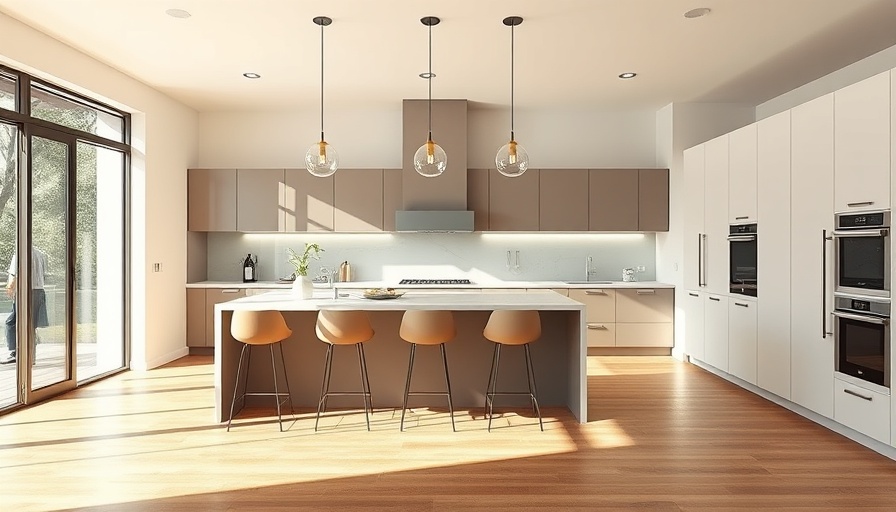
Understanding the Importance of Accessible Bathroom Design
Designing an accessible bathroom is more than just an aesthetic choice; it reflects a deep commitment to inclusivity and comfort for all individuals. Whether crafting a space for yourself or a loved one, careful planning is crucial. Here are five essential considerations to help you create a bathroom that meets everyone’s needs.
1. Space and Layout: Consider the Dimensions
First and foremost, consider the physical space of your bathroom. Ample entryways and turning space are essential for wheelchair users or those with mobility challenges. Assess your home’s architecture: older homes often come with unique quirks that may require careful thought during planning. Engaging an experienced design professional can help ensure compliance with accessibility standards, highlighting any deviations from the norm that could impact usability.
2. User-Friendly Fixtures and Controls
When choosing taps and levers, functionality is key. Opt for designs that accommodate various physical capabilities—from lever handles that are easier to use for those with limited dexterity to advanced smart systems that include features like touchless activation. Integrating these elements during the initial installation makes for a smoother experience, ensuring synergy between all bathroom features, which can significantly increase usability.
3. Strategic Placement of Support Rails
Support rails are essential for safety. Proper installation means ensuring that the walls can support the necessary weight without compromising existing plumbing or wiring. A professional should perform a thorough wall assessment to determine the best reinforcement methods, making it both safe and functional.
4. Accessible Heights for All Fixtures
Every fixture should be reachable, standing or seated. This includes placing sinks, mirrors, and cabinets at optimal heights to promote ease of use. Avoid overhead storage to minimize reaching and potential accidents. Additionally, consider using soft edges on cabinets to prevent injuries from accidental collisions, enhancing the overall safety and comfort of the space.
5. Involve the User in the Design Process
If you’re remodeling for someone else, include them in the design journey. This could mean providing physical plans in accessible formats or using visual aids to ensure their voice is heard in the process. The goal is to create a space that not only meets practical needs but also fosters a sense of dignity and independence for the user.
In conclusion, as you embark on the rewarding journey of designing an accessible bathroom, focus on these fundamental elements. Doing so ensures a thoughtful approach that enhances safety, usability, and comfort for everyone involved.
 Add Row
Add Row  Add
Add 



Write A Comment